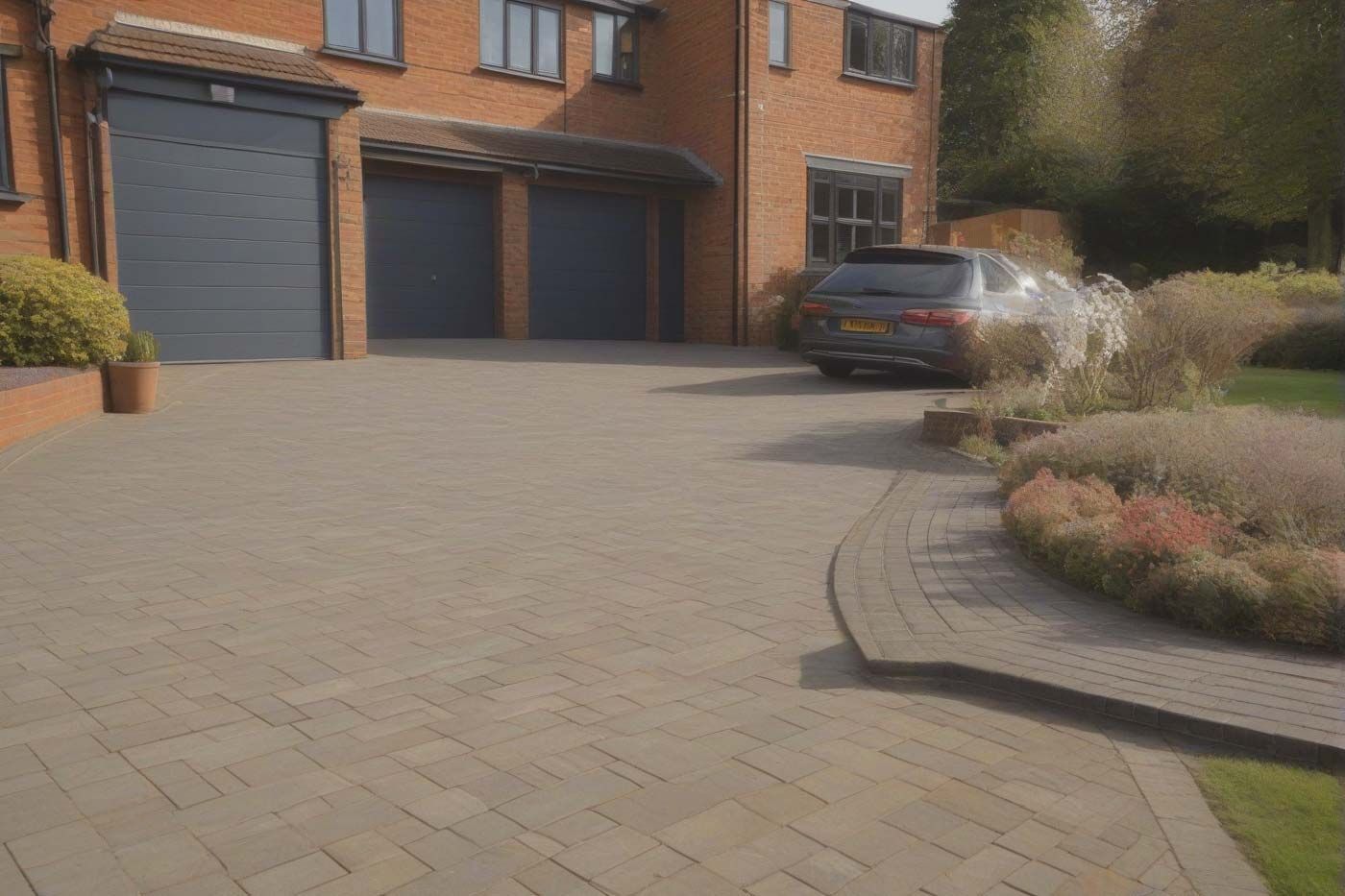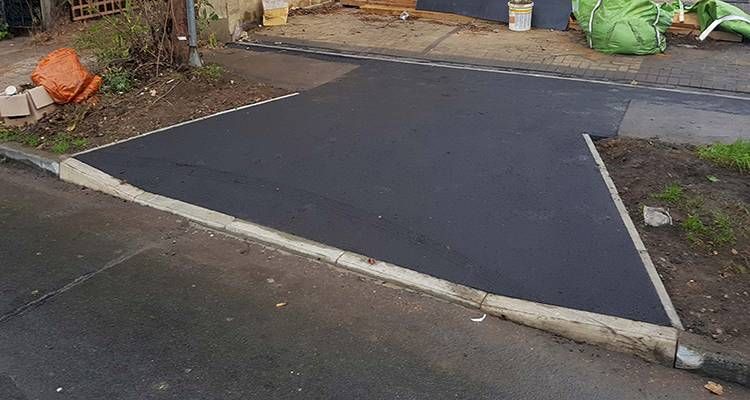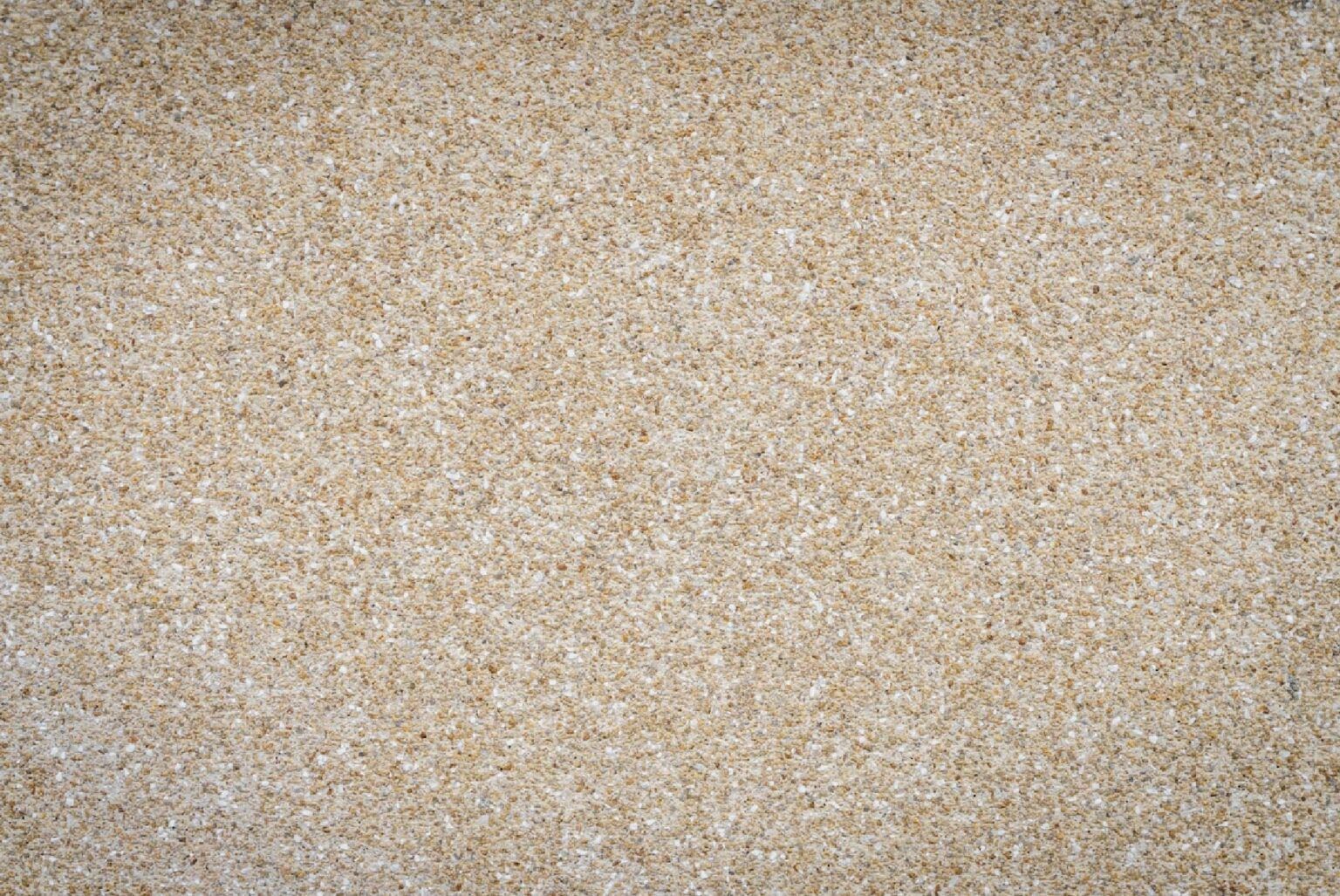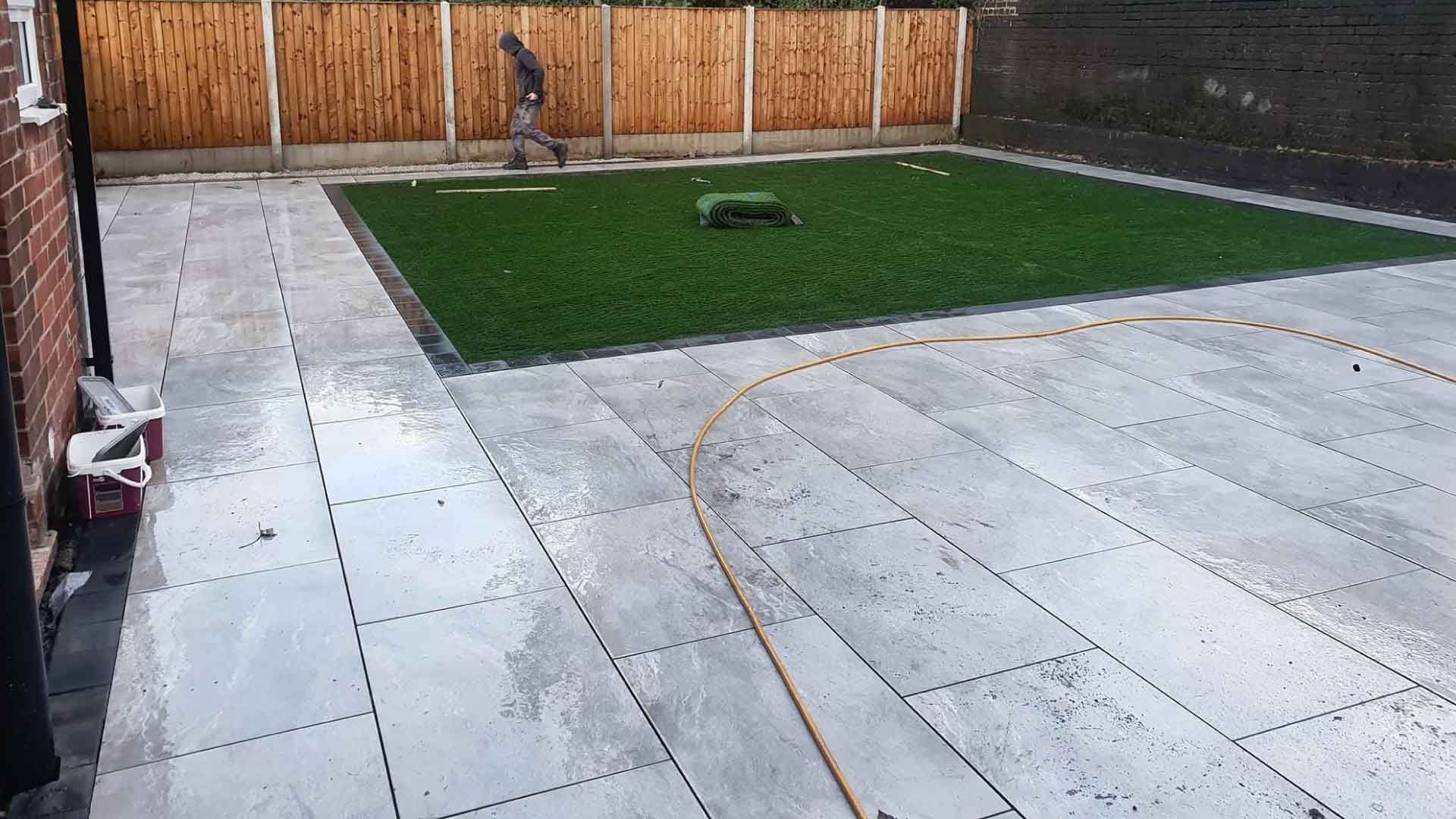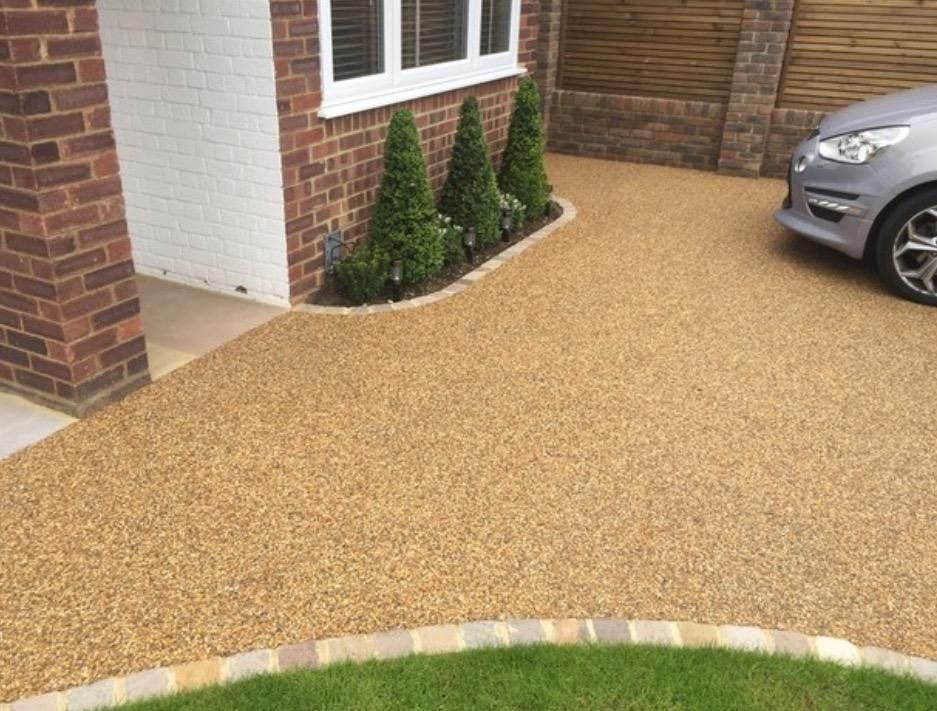How Deep Should A Gravel Driveway Be? Everything Explained
Having a gravel driveway not only enhances your home’s aesthetic but also increases its value. Alongside concrete and asphalt, gravel is one of the most popular driveway materials today. Gravel driveways are widely used for their practical functionality, versatile design, and cost-effectiveness.
Now, you may be wondering, “How deep should gravel be on a driveway in the UK?”
Various factors can influence the depth of a gravel driveway. However, the recommended depth in most cases is 12-18 inches.
In this article, you will learn all the details about the ideal depth for gravel driveways and the factors that affect it. So, let’s get started!
What Is a Gravel Driveway?
Put simply, gravel consists of crushed stones available in various colours and decorative designs. This allows you to customise your gravel driveway to your preference. Gravel is well-known for its durability, affordability, and versatility.
For gravel driveways, the ideal gravel size is between 14mm and 20mm. If you use larger stones, they may damage vehicle tyres, while smaller ones can become stuck in the treads. Aside from driveways, gravel is also commonly used for outdoor spaces such as patios, gardens, and pathways.
Purpose of a Gravel Driveway
To determine the appropriate gravel depth, it is essential to first understand how the driveway will be used. Gravel driveways serve different purposes, meaning the required depth will vary depending on the circumstances. Here are some common uses:
1. Traffic
Gravel driveways are primarily used for vehicle access, which may range from light to heavy traffic. The frequency and weight of vehicles significantly impact the stability and longevity of the driveway. If the driveway is intended for heavy traffic, a deeper gravel layer is necessary.
2. Drainage
Drainage capacity and driveway slope influence how water flows across the gravel surface. If the slope is steep or the drainage system is inadequate, a deeper gravel layer is required to manage water runoff effectively.
3. Climate
Severe weather conditions—such as high humidity, heavy rainfall, or freezing temperatures—can affect the longevity of a gravel driveway. To prevent erosion and maintain durability, a deeper gravel layer may be needed.
How Many Inches Deep Should a Gravel Driveway Be?
There is no single correct answer to this question. However, here are general guidelines recommended for different conditions:
1. Standard Recommendation
At the base level, the gravel layer should begin with baseball-sized crushed stones, with a minimum depth of 4-6 inches (10-15 cm). Each additional layer should be 4 inches deep, gradually filled with smaller stones.
Using a tamping machine, compact each layer before adding the next. The final layer should consist of crushed gravel stones, resulting in a total depth of 12 inches. This is generally recommended for moderate traffic and average weather conditions.
2. Heavy Traffic / Poor Drainage / Harsh Climate
For challenging conditions, the driveway depth should be greater than standard to ensure durability and effectiveness. In these cases:
- The base layer should be 8-10 inches (20-25 cm) deep.
- The final gravel layer should have a total depth of 18 inches.
This extra depth is particularly beneficial for:
- Handling heavy vehicles
- Draining stormwater or snow
- Coping with extreme weather conditions
Factors That Influence Gravel Depth
Several factors determine the ideal depth of a gravel driveway. Before making a decision, consider the following:
1. Gravel Size & Type
The type and size of gravel impact the driveway’s stability. As mentioned earlier, the ideal gravel size ranges from 14mm to 20mm.
- Larger gravel requires a deeper layer for stability.
- Smaller gravel can be laid more shallowly but may require more frequent maintenance.
For best results, seek advice from a professional before choosing gravel for your driveway.
2. Base Material
The quality and durability of the base material directly affect the stability of the driveway.
- A solid, well-compacted base (such as crushed asphalt mixed with crushed stones) allows for a shallower gravel layer.
- A weaker base (such as a sand and limestone mix) may require a deeper gravel layer to improve stability.
3. Edging
Proper edging along the driveway prevents gravel from spreading and helps maintain its structure. Strong edging also enhances the driveway’s durability and appearance.
How Deep Should Gravel Be for a Driveway?
In summary, the depth of a gravel driveway should be between 12 and 18 inches.
This depth ensures the driveway can withstand heavy traffic and effective drainage. If you live in an area with frequent rainfall or extreme weather, it is advisable to adjust the depth accordingly.
How to Maintain a Gravel Driveway
- Use a rake to remove debris, dirt, or leaves.
- Rinse the surface with water to keep it clean.
- For deep cleaning, mix vinegar and water, scrub the surface, and rinse thoroughly.
How Many Layers Are Needed for a Gravel Driveway?
A gravel driveway should have three layers, each 4-6 inches thick:
- Bottom layer – Made of crushed stones for stability.
- Middle layer – Consists of angular stones for improved drainage.
- Final layer – The top surface, which can be tailored to your aesthetic preference.
Final Thoughts
So, that concludes the answer to “How deep should gravel be on a driveway?”
With the right depth, you can enhance the stability and durability of your gravel driveway. By investing time and effort into planning, you can determine the most suitable depth for your needs.
If you require expert advice or assistance, get in touch with P&M Kelly—they offer the best services and recommendations for gravel driveways across the UK.

